The Most Dangerous Book: The Battle for James Joyce’s Ulysses 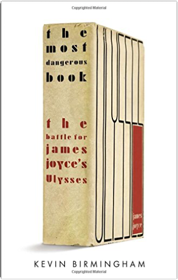 For more than a decade, the book that literary critics now consider the most important novel in the English language was illegal to own, sell, advertise or purchase in most of the English-speaking world. James Joyce’s big blue book, Ulysses, ushered in the modernist era and changed the novel for all time. But the genius of Ulysses was also its danger: it omitted absolutely nothing. All of the minutiae of Leopold Bloom’s day, including its unspeakable details, unfold with careful precision in its pages. The New York Society for the Suppression of Vice immediately banned the novel as obscene, lewd, and lascivious.” Joyce, along with some of the most important publishers and writers of his era, had to fight for years to win the freedom to publish it. The Most Dangerous Book tells the remarkable story surrounding Ulysses, from the first stirrings of Joyce’s inspiration in 1904 to its landmark federal obscenity trial in 1933. Literary historian Kevin Birmingham follows Joyce’s years as a young writer, his feverish work on his literary masterpiece, and his ardent love affair with Nora Barnacle, the model for Molly Bloom. Joyce and Nora socialized with literary greats like Ezra Pound, Ernest Hemingway, T. S. Eliot and Sylvia Beach. Their support helped Joyce fight an array of anti-vice crusaders while his book was disguised and smuggled, pirated and burned in the United States and Britain. The long struggle for publication added to the growing pressures of Joyce’s deteriorating eyesight, finances and home life. Salvation finally came from the partnership of Bennett Cerf, the cofounder of Random House, and Morris Ernst, a dogged civil liberties lawyer. With their stewardship, the case ultimately rested on the literary merit of Joyce’s master work. The sixty-year-old judicial practices governing obscenity in the United States were overturned because a federal judge could get inside Molly Bloom’s head. Birmingham’s archival work brings to light new information about both Joyce and the story surrounding Ulysses. Written for ardent Joyceans as well as novices who want to get to the heart of the greatest novel of the twentieth century, The Most Dangerous Book is a gripping examination of how the world came to say yes to Ulysses. A Skeleton Key to Finnegans Wake: Unlocking James Joyce's Masterwork 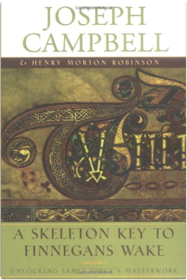 A Guide through <i>Finnegans Wake</i> 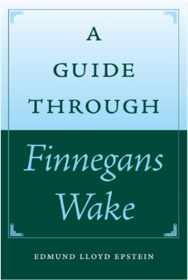 "Epstein is one of the foremost Joyce scholars, in fact, a pioneer. His guide is comprehensive and obviously the result of a lifetime of interaction with Joyce's book."—Fritz Senn, director, Zürich James Joyce Foundation "A book that every Joycean will want to own."—Sebastian Knowles, series editor Written in a complex, pun-based idiogloss and boasting a dreamlike narrative that defies conventions of plot and continuity, James Joyce's Finnegans Wake has been challenging readers since its first publication in 1939. The novel is so famously difficult that it is widely agreed that only the brave or foolhardy attempt to unravel this well-known but relatively little-read classic. Most tackle the text in reading groups, which provide mutual assistance (and moral support) in understanding Joyce's modern masterpiece. Now, with the publication of Edmund Epstein's A Guide through Finnegans Wake, no one has to go it alone. Recognized as one of the world's foremost Joyce scholars, Epstein has been reading and thinking about Joyce for over fifty years, and his considerable experience and enthusiasm is preserved here for the benefit of anyone with an interest in reading the Wake. This accessible guide approaches the daunting work in a way that provides handrails for beginners while, at the same time, presenting new insights for experienced readers. The Shorter Finnegans Wake 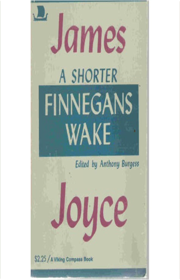 Finnegans Wake: Centennial Edition 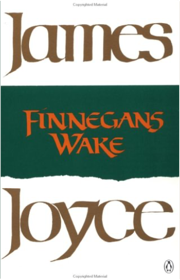 Joyce: Poems and a Play 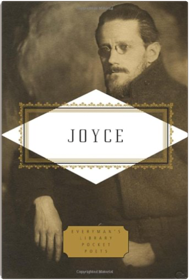 Joyce is most celebrated for his remarkable novel Ulysses, and yet he was also a highly accomplished poet. Chamber Music is his debut collection of lyrical love poems, which he intended to be set to music; in it, he enlivens the styles of the Celtic Revival with his own brand of playful irony. Pomes Penyeach, a collection written while Joyce was working on A Portrait of the Artist as a Young Man, sounds intimately autobiographical notes of passion and betrayal that would go on to resonate throughout the rest of his work. Joyce’s other poems include the moving “Ecce Puer,” written on the occasion of the birth of his grandson, and his fiery satires “The Holy Office” and “Gas from a Burner.” Exiles was written after Joyce had left Ireland, never to return; it is a richly nuanced drama that reflects a grappling with the state of his own marriage and career as he was about to embark on the writing of Ulysses. In its tale of an unconventional couple involved in a love triangle, Exiles engages Joycean themes of envy and jealousy, freedom and love, men and women, and the complicated relationship between an artist and his homeland. Occasional, Critical, and Political Writings (Oxford World's Classics) 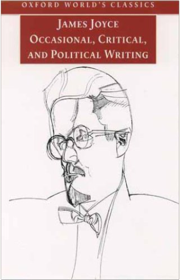 A Portrait of the Artist as a Young Man 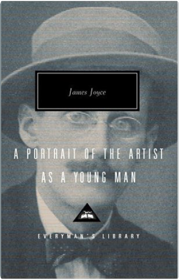 In his first and still most widely read novel, James Joyce makes a strange peace with the traditional narrative of a young man’s self-discovery by respecting its substance while exploding its form, thereby inaugurating a literary revolution. Published in 1916 when Joyce was al?ready at work on Ulysses, A Portrait of the Artist as a Young Man is exactly what its title says and much more. In an exuberantly in?ventive masterpiece of subjectivity, Joyce portrays his alter ego, Stephen Dedalus, growing up in Dublin and struggling through religious and sexual guilt toward an aesthetic awak?ening. In part a vivid picture of Joyce’s own youthful evolution into one of the twentieth century’s greatest writers, it is also a moment in the intellectual history of an age. Ulysses 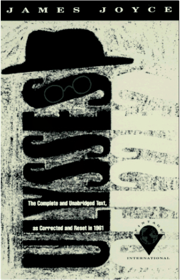 Dubliners 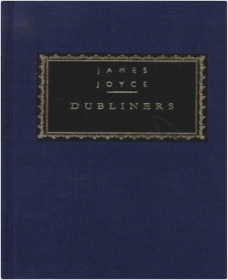 James Joyce's Painful Case 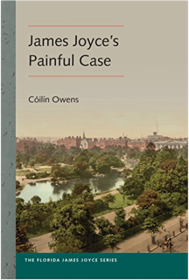 "One of the more intellectually capacious, wide-ranging studies on Joyce and his work to emerge in some time. . . . Owens's book is among the finest studies of Dubliners ever written as well as among the best—most provocative, revealing, and useful—critical works on Joyce to be published in some time."—Philological Quarterly "While Owens has captured the breadth of subjects that a casebook would offer, he balances his readings with a great deal of focused and specific close reading. . . . This book is an excellent companion for reading 'A Painful Case' and would be essential reading for anyone engaging in an in-depth study of Dubliners."—James Joyce Literary Supplement "Inspires awe, admiration, and wonder. . . . There is something new for every Joyce student and scholar to learn from Owens's thorough research."—English Literature in Transition, 1880-1920 In order to demonstrate that one story from the Dubliners is not only a turning point in that book but also a microcosm of a wide range of important Joycean influences and preoccupations, Cóilín Owens examines the dense intertextuality of "A Painful Case." Assuming the position of the ideal contemporary Irish reader that Joyce might have anticipated, Owens argues that the main character, James Duffy, is a "spoiled priest," emotionally arrested by his guilt at having rejected the call to the priesthood. Duffy's intellectual life thereafter progresses through German idealism to eventual nihilism. The contrast of nihilist thought and Christian belief is Owens's main focus, and he demonstrates how this dichotomy is evident at various points in the life of James Duffy. From this springboard, Owens constructs a larger discussion of Joyce's cultural influences, including Schopenhauer, Wagner, Tolstoy, and others. He considers many other complex interrelationships that inform Joyce's text—theology, philosophy, music, opera, literary history, Irish cultural history, and Joyce's own poetry—and offers detailed elucidations informed by historical, geographical, linguistic, and biographical information. Reading Joyce's Ulysses 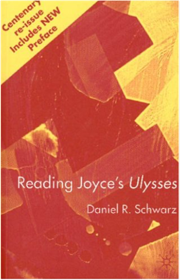 |


Delicious Library
Collection Total:
3,640 Items
3,640 Items
Last Updated:
Nov 2, 2025
Nov 2, 2025
 Made with Delicious Library
Made with Delicious Library